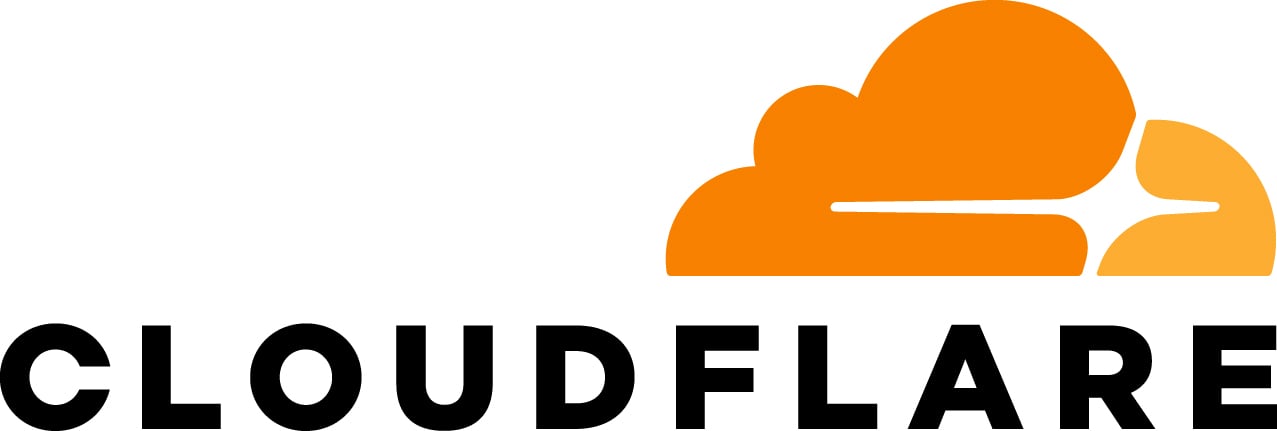Upload to Cloudflare R2
This recipes uses Cloudflare R2 for uploading and storing assets in the cloud. Cloudflare R2 is a S3 compatible object storage service that is optimized for performance and cost efficiency.
Live DemoTechnologies
This recipe uses Cloudflare R2 for uploading and storing assets in the cloud. Cloudflare R2 is a S3 compatible object storage service that is optimized for performance and cost efficiency.
Technologies
How to use
First, start by cloning this folder. We will use tiged for cloning subdirectories of Git repositories.
code loading...
Next, install the dependencies:
code loading...
Duplicate the .env.example file and rename it to .env .
Set up Cloudflare R2
We need to create a new bucket in Cloudflare R2 to store our assets. To achieve this, go to the Cloudflare dashboard , navigate to “ R2 ”, and create a new bucket. You can opt for the option of having Cloudflare automatically place your bucket in the closest region to you, or manually select a region.
Once you have created your bucket, you will need to generate a new access key and secret key for it. From the “R2” dashboard, navigate to “ Manage R2 API Tokens ”, and click on “ Create API Token ”.
Select “ Object Read & Write ” for the permissions, and specify which buckets the API token should have access to.
This will generate an access key and secret key for your bucket. These values need to be updated in the .env file.
Here are the other values you will have to update in the .env file:
-
R2_BUCKET_ENDPOINT: The endpoint for your bucket. You can find this in your newly created bucket settings tab, named “S3 API”. We only need the first part of the URL, without the name of the bucket. So if your endpoint ishttps://, your.r2.cloudflarestorage.com/om-upload-cloudflare-r2 R2_BUCKET_ENDPOINTvalue would behttps://..r2.cloudflarestorage.com -
PUBLIC_BUCKET_NAME: The name of the bucket you created in Cloudflare R2.
-
PUBLIC_BUCKET_URL: The URL of your bucket. In your bucket settings tab, you have the option to either use a custom domain for your bucket, or enable a R2.dev subdomain.
Once all the above are done, you also need to update the CORS policies for your bucket. Basically, we want to specify which origins are allowed to access our bucket.
Here is the policy we need to add to our bucket:
code loading...
In this case, we are allowing our bucket to be accessed from localhost and the production URL of our app, for GET , PUT , and POST requests.
Run the application
Now that we have set up our bucket and CORS policies, we can run the application.
code loading...
Open your browser and navigate to http://localhost:5173 . You should see the “Upload to Cloudflare R2” page.
Other Recipes
AI Chatbot
Learn how to create an AI Chatbot with OpenAI, SvelteKit, SQLite and Vercel AI SDK

OAuth with Google
Use Google OAuth 2.0 to authenticate users in your SvelteKit app

Authentication with email and password
Authentication with email and password

Supabase + Drizzle
This recipe integrates Supabase with Drizzle in a SvelteKit application.

